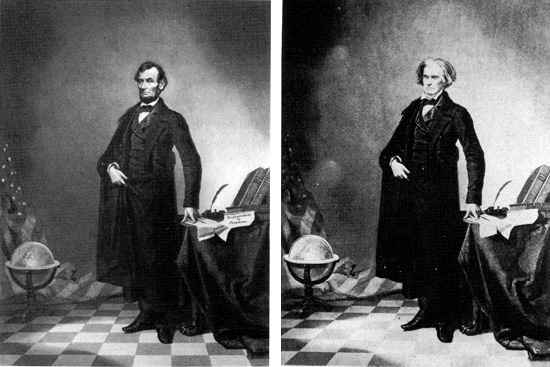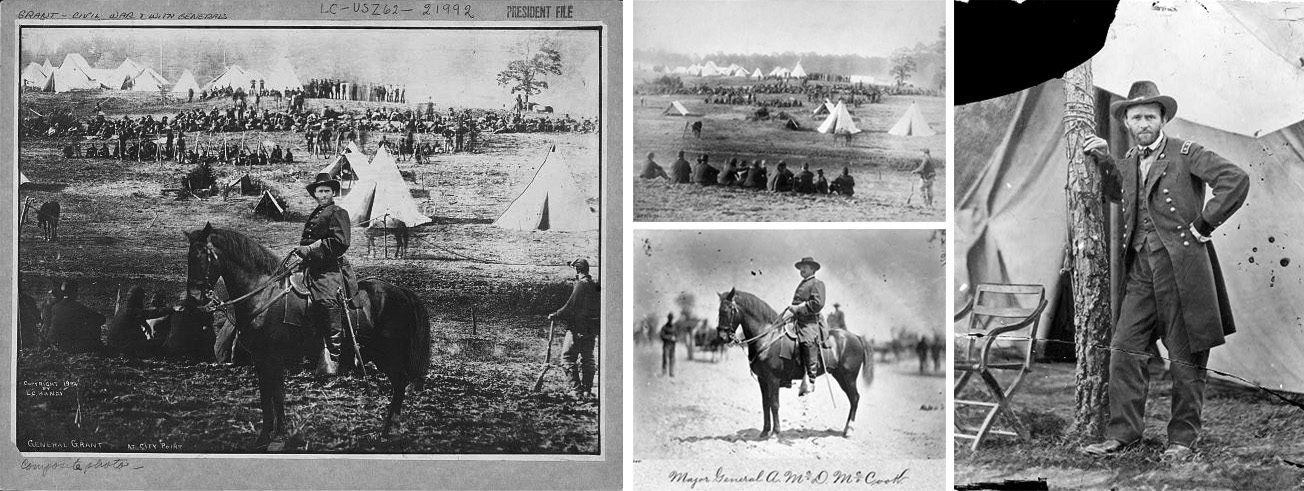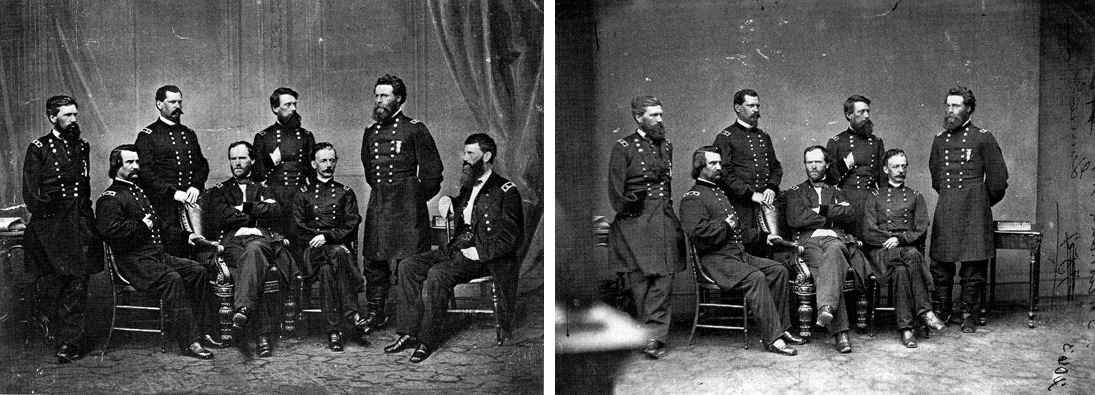Photo Tampering throughout History
In 1909 Lewis Hine spoke at a social work conference on the subject of photography and social reform:?
The picture is a symbol that brings one immediately into close touch with reality. In fact, it is often more effective than the reality would have been, because, in the picture, the non-essential and conflicting interests have been eliminated.
The average person believes implicitly that the photograph cannot falsify. Of course, you and I know that this unbounded faith in the integrity of the photograph is often rudely shaken, for, while photographs may not lie, liars may photograph.
Editor: Today, liars may become presidents, lawmakers and generals, and all use sophisticated spin techniques, relying largely on photography for deception; to gain power, amass profits and lead us to war. It is vital therefore, that learning this language becomes part of our basic education.
Though photo manipulation has become more common in the age of digital cameras and image editing software, it actually dates back almost as far as the invention of photography. Gathered below is an overview of some of the more notable instances of photo manipulation in history. For recent years, an exhaustive inventory of every photo manipulation would be nearly impossible, so we focus here on the instances that have been most controversial or notorious, or ones that raise the most interesting ethical questions.

This nearly iconic portrait (in the form of a lithograph) of U.S. President Abraham Lincoln is a composite of Lincoln?s head and the Southern politician John Calhoun?s body.
tagged? Politics
Politics

This print (Library of Congress, Prints & Photographs Division) appears to be of General Ulysses S. Grant in front of his troops at City Point, Virginia, during the American Civil War. Some very nice detective work by researchers at the Library of Congress revealed that this print is a composite of three separate prints: (1) the head in this photo is taken from a portrait of Grant; (2) the horse and body are those of Major General Alexander M. McCook; and (3) the background is of Confederate prisoners captured at the battle of Fisher?s Hill, VA.
tagged? Politics
Politics

In this photo by famed photographer Mathew Brady, General Sherman is seen posing with his Generals. General Francis P. Blair (far right) was added to the original photograph. The photo on the left is another image from the same sitting, at which General Blair was not in attendance. Continue reading “A liar may take photographs”
